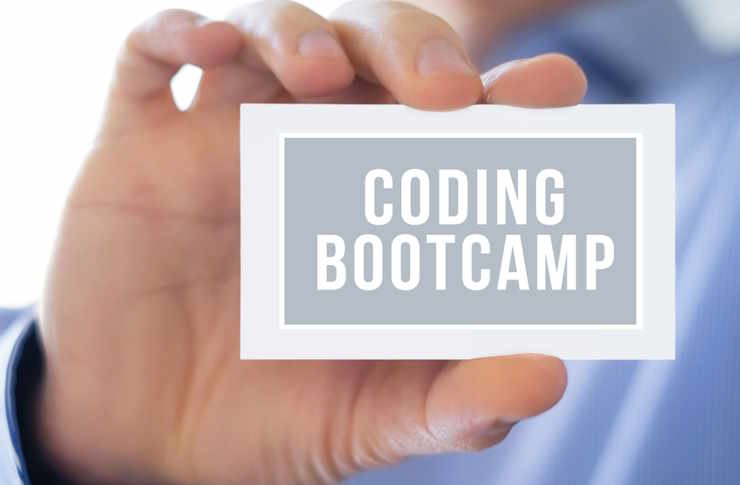Micromentoring: The New Frontier in Career Development
The world of professional development is witnessing a paradigm shift with the emergence of micromentoring. This innovative approach to guidance and skill-building is revolutionizing how individuals navigate their careers, offering bite-sized wisdom that fits seamlessly into our fast-paced lives.

The Evolution of Mentorship
Mentorship has long been a cornerstone of professional development, with traditional models involving long-term, formal relationships between seasoned experts and aspiring professionals. However, as the pace of business accelerates and career paths become more diverse, the need for more flexible, adaptive mentoring approaches has become apparent.
Micromentoring emerged as a response to these changing dynamics, offering brief, targeted interactions that address specific challenges or skill gaps. This evolution reflects a broader trend towards personalized, on-demand learning experiences that cater to the unique needs of modern professionals.
Defining Micromentoring
At its core, micromentoring involves short-term, focused mentoring sessions that typically last anywhere from a few minutes to an hour. These interactions are designed to address specific questions, provide targeted advice, or offer quick insights into particular aspects of career development.
Unlike traditional mentorship, which often involves a significant time commitment from both parties, micromentoring allows for more dynamic and diverse connections. Professionals can engage with multiple mentors across various fields, gaining a wide range of perspectives and expertise without the constraints of long-term commitments.
The Benefits of Bite-Sized Guidance
Micromentoring offers numerous advantages for both mentors and mentees. For those seeking guidance, it provides quick access to expert knowledge, allowing them to address immediate challenges or explore new opportunities efficiently. This agility is particularly valuable in rapidly evolving industries where staying current is crucial.
Mentors, on the other hand, can share their expertise more widely, impacting a larger number of individuals without the intense time investment required by traditional mentoring relationships. This broader reach can be particularly rewarding for seasoned professionals looking to give back to their industries.
Implementing Micromentoring in Your Career Strategy
Incorporating micromentoring into your professional development plan requires a strategic approach. Start by identifying specific areas where you need guidance or insight. This could range from technical skills to leadership strategies or industry-specific knowledge.
Next, seek out platforms or networks that facilitate micromentoring connections. Many professional associations and online communities now offer tools to match mentors with mentees based on specific criteria. LinkedIn, for example, has features that allow users to offer or request career advice, creating opportunities for micromentoring interactions.
Maximizing the Impact of Brief Interactions
To get the most out of micromentoring, preparation is key. Before each session, clearly define your objectives and prepare specific questions. This focused approach ensures that both parties can make the most of the limited time available.
After the interaction, take time to reflect on the insights gained and identify actionable steps you can take to implement the advice. Following up with a brief thank-you note not only shows appreciation but can also help solidify the connection, potentially leading to future interactions.
The Future of Professional Development
As micromentoring continues to gain traction, it’s likely to become an integral part of broader professional development strategies. Companies are increasingly recognizing its value, with some incorporating micromentoring platforms into their employee development programs.
The flexibility and efficiency of micromentoring make it particularly well-suited to addressing the diverse needs of multigenerational workforces. It offers a bridge between different age groups and experience levels, fostering knowledge transfer and cross-generational collaboration.
Challenges and Considerations
While micromentoring offers numerous benefits, it’s not without challenges. The brevity of interactions can sometimes limit the depth of guidance provided, making it crucial to balance micromentoring with other forms of professional development.
Additionally, the success of micromentoring largely depends on the ability to quickly establish rapport and communicate effectively in short timeframes. Developing these skills can enhance the value of micromentoring experiences for both mentors and mentees.
Conclusion: Embracing the Micro Revolution
Micromentoring represents a significant shift in how we approach career development and knowledge sharing. By embracing this trend, professionals can tap into a diverse pool of expertise, accelerate their learning, and navigate their careers with greater agility.
As the job market continues to evolve, the ability to quickly adapt and acquire new skills will become increasingly crucial. Micromentoring offers a powerful tool for staying competitive and relevant, enabling professionals to harness collective wisdom in bite-sized, actionable chunks.
By integrating micromentoring into your professional development strategy, you can create a dynamic, personalized learning journey that aligns with the demands of modern careers. As we move forward, those who master the art of giving and receiving micro-guidance will be well-positioned to thrive in an ever-changing professional landscape.





